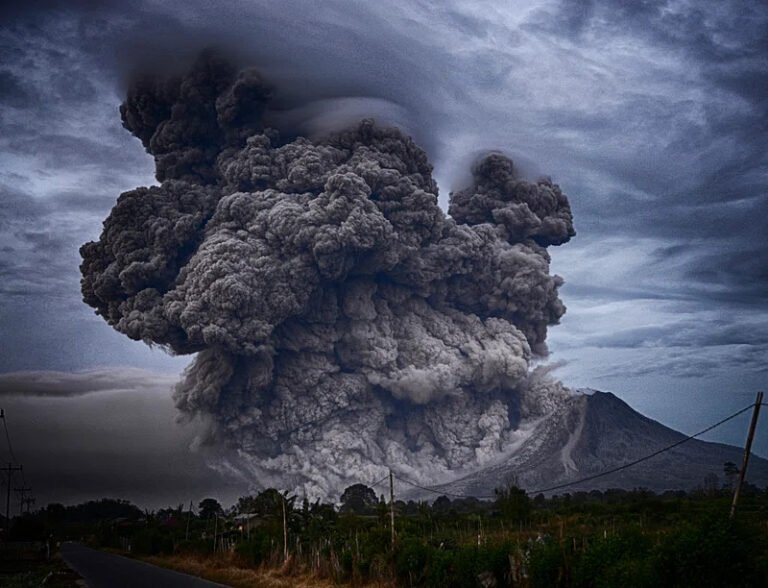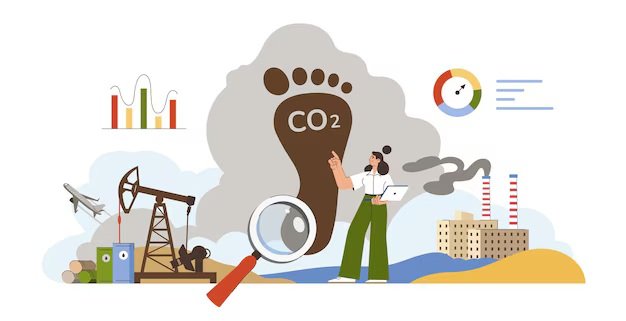10 Endangered Animals That Help the Environment
Millennia ago, many species of wildlife roamed the earth in large numbers, but today, thousands have gone extinct, and the population of endangered species continue to shrink. In the last one hundred years, deforestation, pollution, and climate change have led to habitat loss, and this will only worsen if natural habitats are not preserved. Conservation efforts should be prioritised to protect wildlife, especially endangered species.
Human activities continue to harm the environment and destroy the natural habitat of wildlife. From poaching to hunting to illegal mining, many species are on the verge of extinction. In this article, we will look at 10 endangered species, their numbers in the wild, the threats they face, and conservation efforts to ensure their survival. We will also share expert insight, recent studies, and actionable steps that can be adopted.
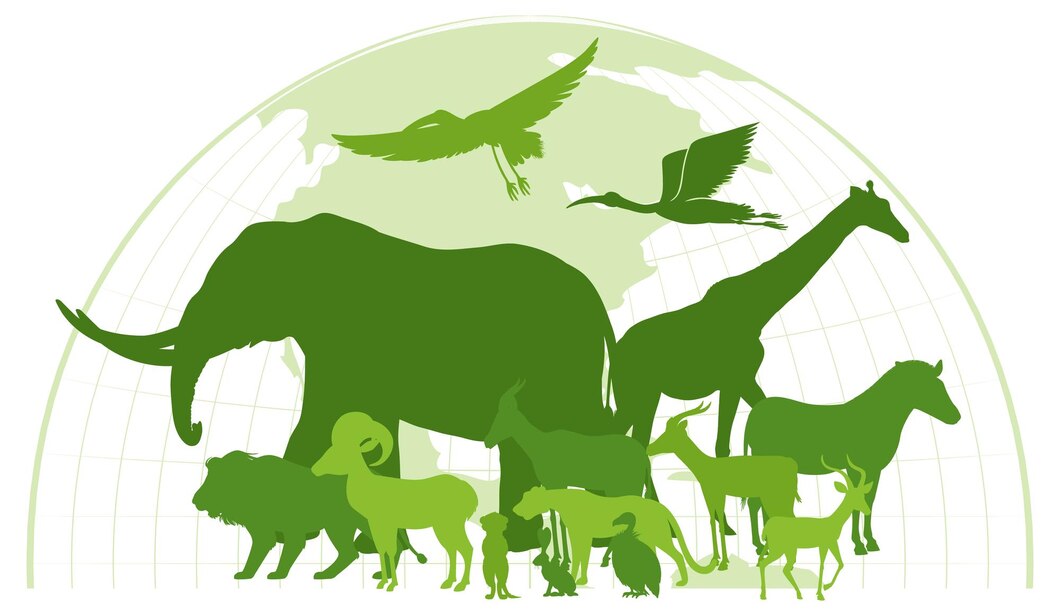
In This Article
- Why Are Species Important to the Environment?
- Why Should We Protect Endangered Species?
- 10 Endangered Animals That Help the Environment
- What Can You Do to Help?
- Conclusion
Why Are Species Important to the Environment?
Wildlife species have evolved over thousands of years they have roamed the earth. These species are important to the environment, providing food, raw materials and medicine to humanity. Millions of species inhabit various habitats—from land to freshwater and the ocean. Naturally beneficial to the environment, these species play a vital role in soil formation, pollination, water filtration, and pest control. Each species is important to the ecosystem and helps create a balance.
Why Should We Protect Endangered Species?
They Are Essential for Biodiversity
According to the International Fund for Animal Welfare (IFAW), biodiversity is nature’s balancing act, where species work together to protect the planet’s ecosystem and maintain population equilibrium. When a species goes extinct or is on the verge of extinction, the balance is disrupted, which in turn affects other species worldwide.
Let’s look at pollinators like bees, for example. Bees are beneficial insects that help maintain biodiversity by pollinating plants. These insects ensure that fruits, vegetables, and nuts are available in plenty in the ecosystem. However, reports from IFAWA indicate a decline in bee population, specifically species like potter flower bees and cliff mason bees.
Species Are Indicators of Environmental Health
Endangered species naturally can serve as indicators of environmental health. For instance, scientists have discovered that the environment had been contaminated with DDT (a pesticide used for controlling mosquitoes) after they noticed a decline in the population of bald eagles in North America. This discovery highlighted the irreparable damage that has been done to the environment due to DDT use.
Learn More: The Environmental Impact of Pet Ownership and Sustainable Solutions
10 Endangered Animals That Help the Environment
#1. Sumatran Orangutan
Native to the Indonesian island of Sumatra, the Sumatran orangutan is an endangered species with a small population remaining in the wild. It’s believed that only about 14,000 are still roaming the wild. These numbers are concerning for primates that play a crucial role in the ecosystem by dispersing seeds across the forests, which promotes forest regeneration.
Threats: Sumatran orangutans are losing their natural habitat, which is one of the major threats to endangered species. Rapid deforestation due to commercial logging, mining, and poaching all contribute to factors that threaten their existence in the wild.
According to a study published in Oxford University Press, the fragmentation of orangutan habitats has resulted in significant genetic isolation, which may impact their long-term survival.
Dr Ian Singleton, Director of the Sumatran Orangutan Conservation Programme, states that “The survival of orangutans is not just about saving a species but preserving the intricate web of life in which they are a part. Every tree they help to grow supports countless other species.”
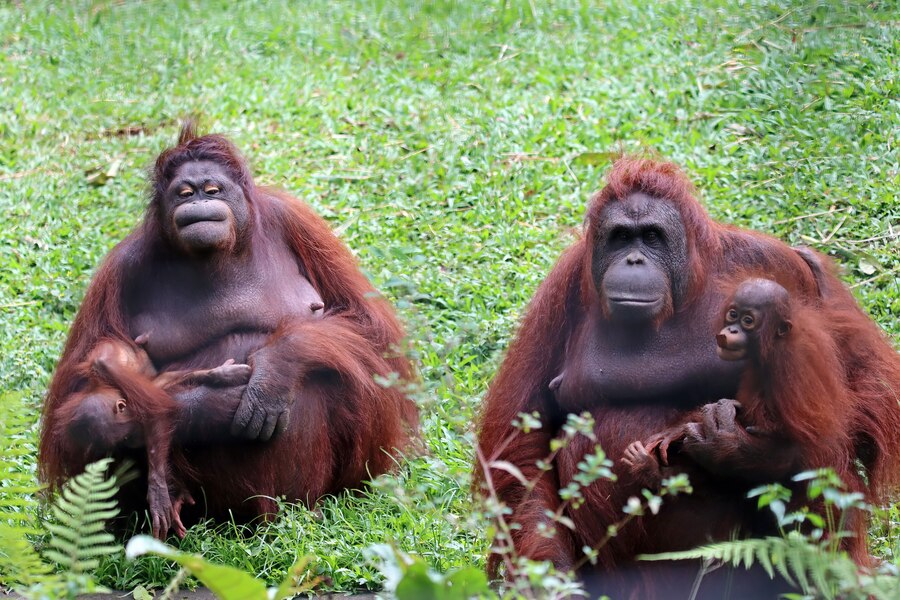
#2. The African Elephant
The African elephant is the largest land animal, slightly larger than its Asian cousin. However, their population has declined in the last one hundred years from 10 million to about 300,000. Elephants are an important species for maintaining a balanced savannah ecosystem. As these large mammals travel through forests, they disperse seeds along their pathways, which benefits other species.
Threats: Poaching and habitat loss are the major threats to the African elephant. These large mammals are hunted for their ivory tusks, a practice that has lasted for hundreds of years, hence reducing their population in the wild.
According to a recent report by the International Union for Conservation of Nature (IUCN), the African elephant is classified as two separate species: the savannah and forest elephant. Both of these species roaming the wild are now considered endangered.
Dr Joyce Poole, an elephant behaviourist, explained that “Elephants are architects of their ecosystems. Without them, the landscapes they help shape would be unrecognisable, leading to a loss of biodiversity and ecosystem functionality.”
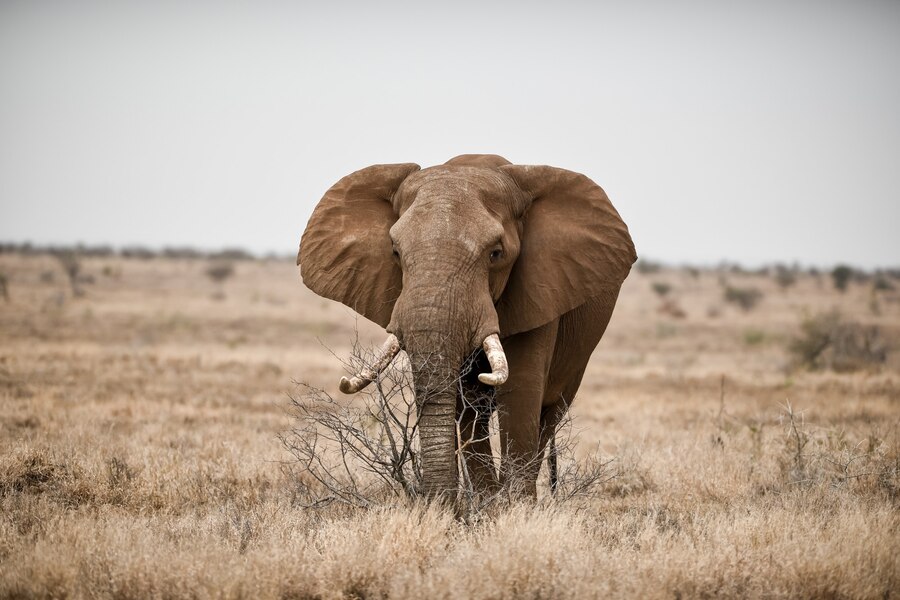
#3. Pangolin
Pangolins are the most trafficked mammals on the planet, according to IFAW. With over a million of these mammals taken from the wild in the last decade, they are the most sought-after mammal dueto high demand for their claws and scales used in traditional medicine. These scaly anteaters are important to the environment, especially in controlling termite and ant populations.
Threats: Pangolins are on the brink of extinction due to poaching. Their claws and scales are believed to have medicinal value in Asia.
A study published in the Journal of Science for Conservation Biology discovered that pangolin populations are declining at an alarming rate. The study calls for urgent international cooperation to prevent illegal trading and poaching of these species.
Sarah Heinrich, a pangolin expert at the University of Adelaide, explained that “Pangolins are an integral part of the ecosystem, and their loss would have a cascading effect on other species. Protecting them is not just about preventing their extinction but preserving the health of entire ecosystems.”
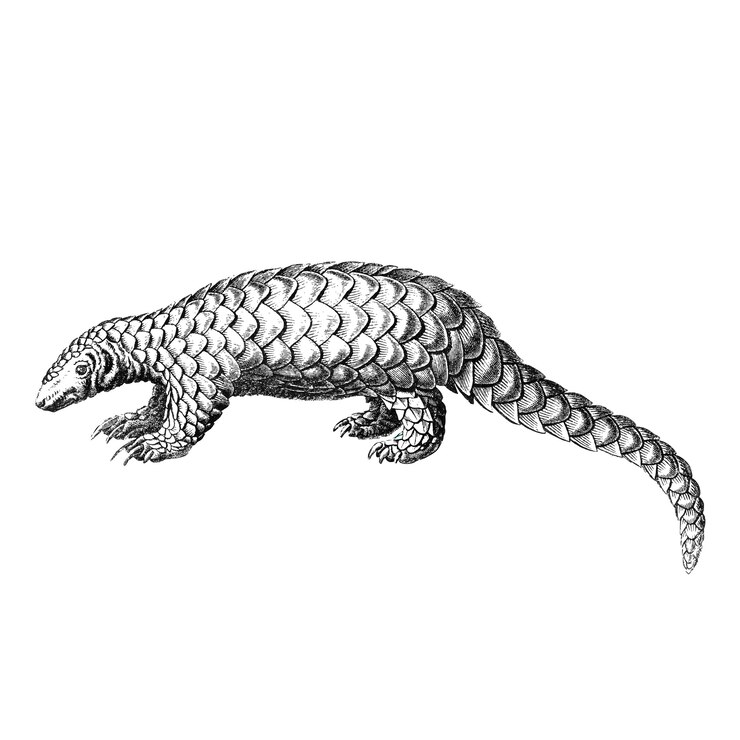
Learn More: 5 Effects of Deforestation on Animals
#4. Hawksbill Turtle
Human activities and population in the ocean contribute to the reduced number of hawksbill turtles. The hawksbill turtle is a marine species that plays a crucial role in maintaining the health of the coral reef by feeding on sponges.
Threats: While their natural habitat is affected by ocean pollution, hawksbill turtles are also threatened by illegal trade, and sometimes these marine species are accidentally caught in fishing gear.
An article published by WWF explained that hawksbill turtles contribute to coral reef health by controlling the sponge population. Protecting these marine species should be prioritised, as experts suggest.
According to Dr Brian Bowen, a marine biologist, “Hawksbill turtles are vital for coral reef ecosystems. Their decline is a warning signal for the health of our oceans. Protecting them is an investment in the future of marine biodiversity.”
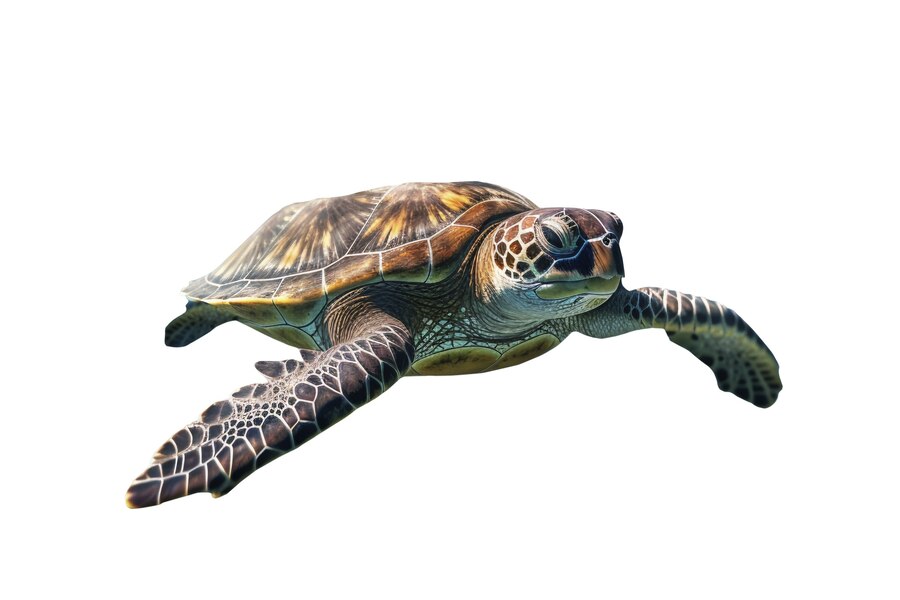
#5. Mountain Gorilla
Conservation efforts have been made to protect mountain gorillas in Africa. The population of these primates still in the wild is estimated at 1,000. It’s important we protect these species that feed on a variety of vegetation, which in turn benefits the structure of natural forests and promotes biodiversity.
Threats: Deforestation and poaching are the two factors that threaten the existence of mountain gorillas. Habitat loss has led to a decline in their population in recent years.
According to a study published in the International Journal of Primatology, the survival of these primates is linked to the preservation of their forest habitats, which are also the natural habitats of other species.
The founder of Conservation Through Public Health, Dr. Gladys Kalema-Zikusoka, explains that “Mountain gorillas are a keystone species. Their protection is not just about saving a species but about preserving the integrity of entire ecosystems that countless other species depend on.”
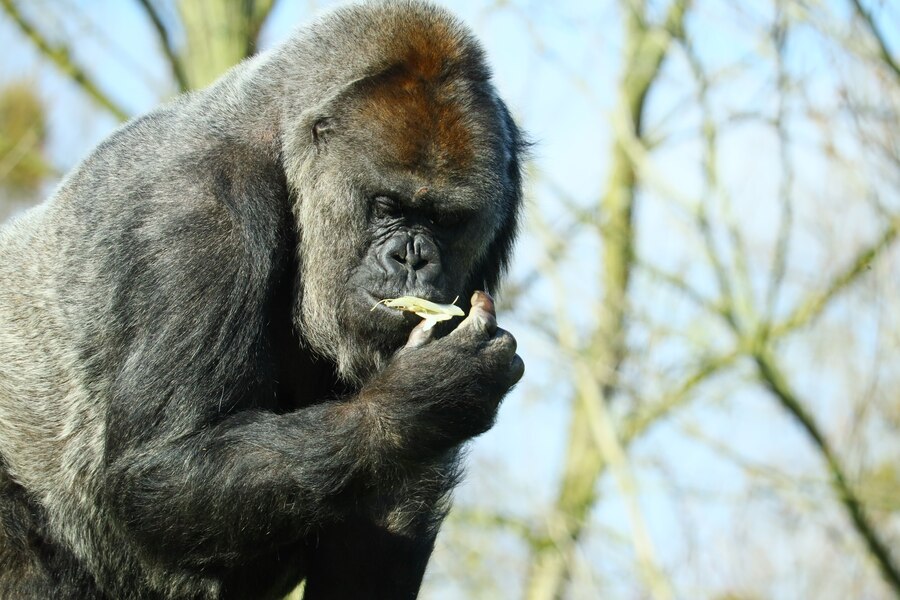
#6. Sunda Tiger
Another endangered species on our list is the Sunda tiger, found in the forests of Sumatra. Considered a critically endangered subspecies, the Sunda tiger is an indicator of forest health and biodiversity. The presence of these big cats in the wild is beneficial to the environment by controlling herbivore populations.
Threats: The Sunda tiger is on the verge of extinction due to poaching, deforestation, and the illegal wildlife trade.
A report by the World Wildlife Fund (WWF) highlights the critical state of the Sunda tiger. Their population is estimated to be as low as 400 individuals roaming in the wild in Sumatra. WWF’s report calls for urgent action to repopulate their numbers and prevent poaching.
Tara Singh, a conservationist with the World Wildlife Fund, explains, “The Sunda tiger is more than a symbol of wild beauty; it is a vital part of the forest ecosystem. Protecting these tigers means protecting entire ecosystems that are crucial for biodiversity.”
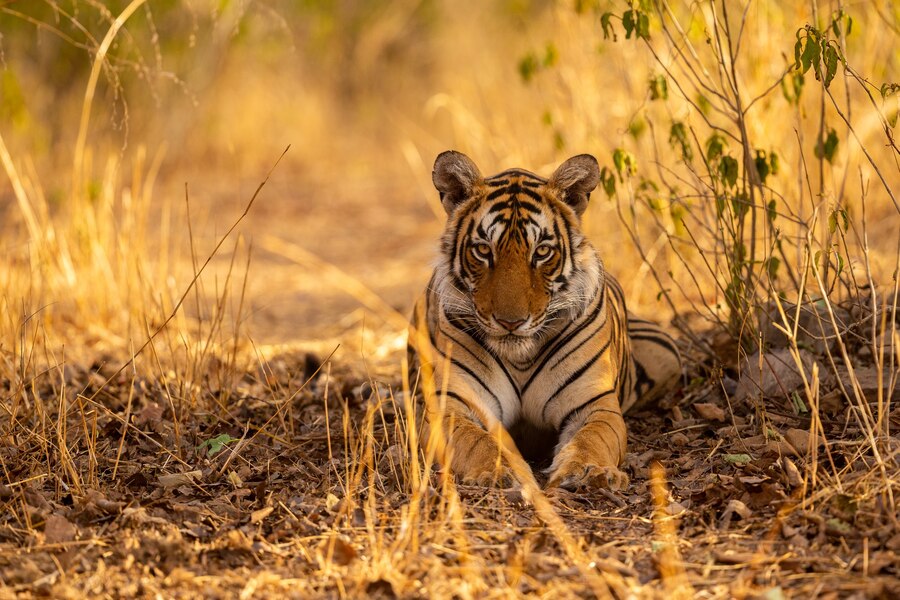
#7. Vaquita
The vaquita is a small porpoise native to the Gulf of California—it’s the most endangered marine species, with an estimated 20 individuals remaining worldwide. This is very concerning for a marine ecosystem that relies on the vaquita to help maintain balance by controlling the population of small fish, crustaceans, and molluscs.
Threats: The vaquita is almost extinct today due to bycatch in illegal gillnets used for fishing for totoaba fish, another endangered marine species.
A recent study suggests that without effective conservation actions, the vaquita could become extinct in the next few years.
Dr Barbara Taylor, a marine biologist, warns, “The vaquita is teetering on the brink of extinction. The loss of this species would be a devastating blow to marine biodiversity, and urgent action is needed to prevent it.”
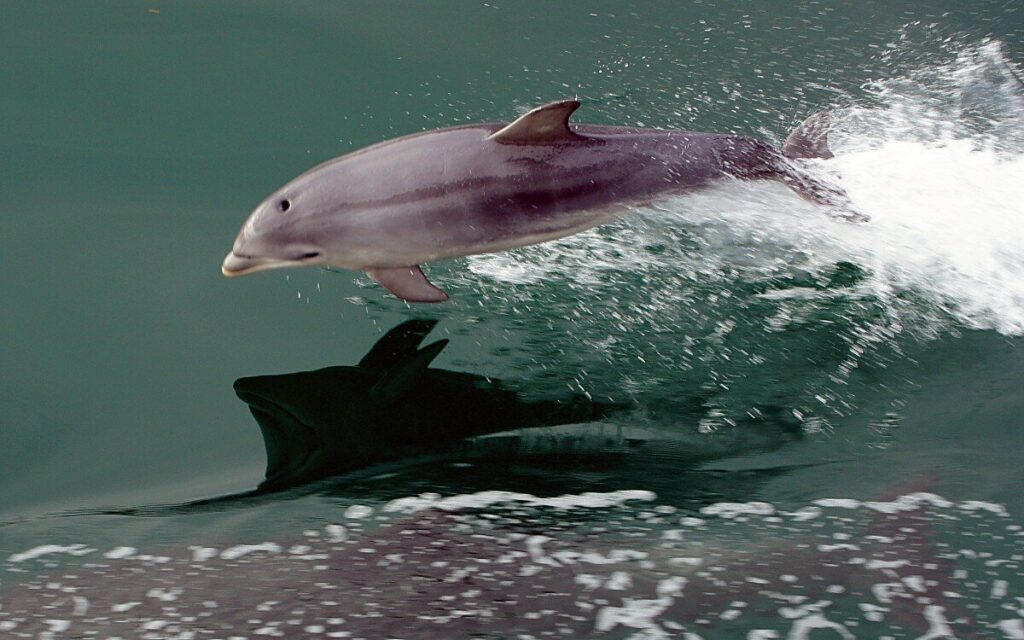
from PxHere
Learn More: Conservation Vs. Sustainability: What Is the Difference?
#8. Amur Leopard
The Amur leopard is another big cat on our list—an apex predator naturally found in the temperate forest of the Russian Far East region. They play an important role in the environment by controlling pollution in the wild.
Threats: Human-wildlife conflict, poaching and loss of natural habitats are the major threat these big cats faces.
According to a report by the WildCats Conservation Alliance, there are fewer than 100 Amur leopards left in the wild. The reports emphasise the importance of prioritising conservation efforts to prevent the poaching of these big cats.
Alexei Kostyria, a wildlife conservationist, notes, “The Amur leopard is not just a symbol of wilderness but a vital part of the forest ecosystem. Protecting this species is essential for maintaining the ecological integrity of the region.”
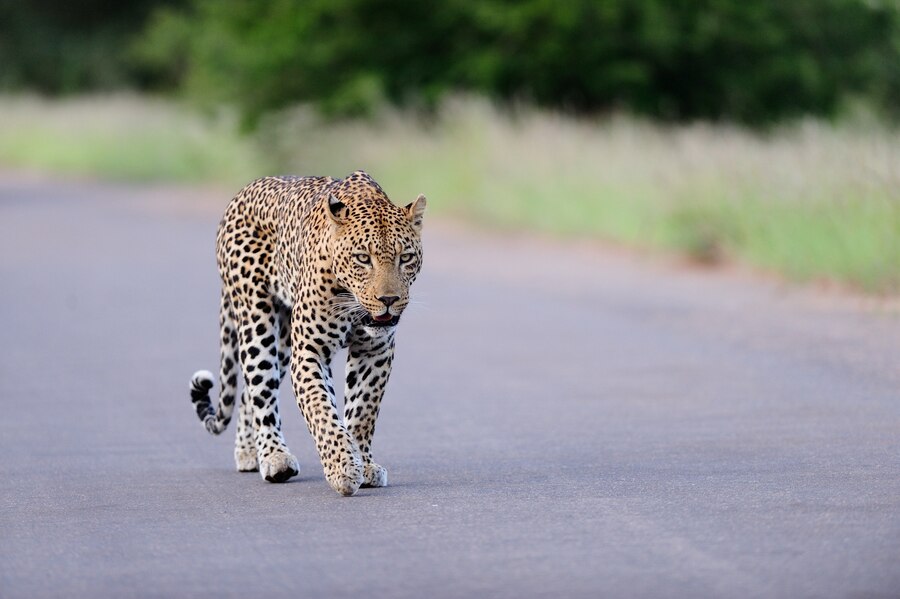
#9. Northern White Rhino
It would be a miracle if the northern white rhinoceros didn’t go extinct in the next decade. There are only two of these unique animals left in the world —an animal that grazes on grassland, which benefits the ecosystem.
Threats: The Northern white rhino suffered a great loss in its numbers due to poaching for its horns. Just like pangolins, the northern white rhino was illegally traded for parts used for traditional medicine.
A study published in Science Advances suggests using advanced reproductive technologies to prevent these species from going extinct. The study further discussed the challenges of such efforts.
Prof. Dr Thomas Hilderbrandt explains, “The Northern white rhino’s story is a tragic reminder of the consequences of human greed. While technology may offer a glimmer of hope, we must also address the root causes of poaching and habitat loss to prevent such tragedies in the future.”
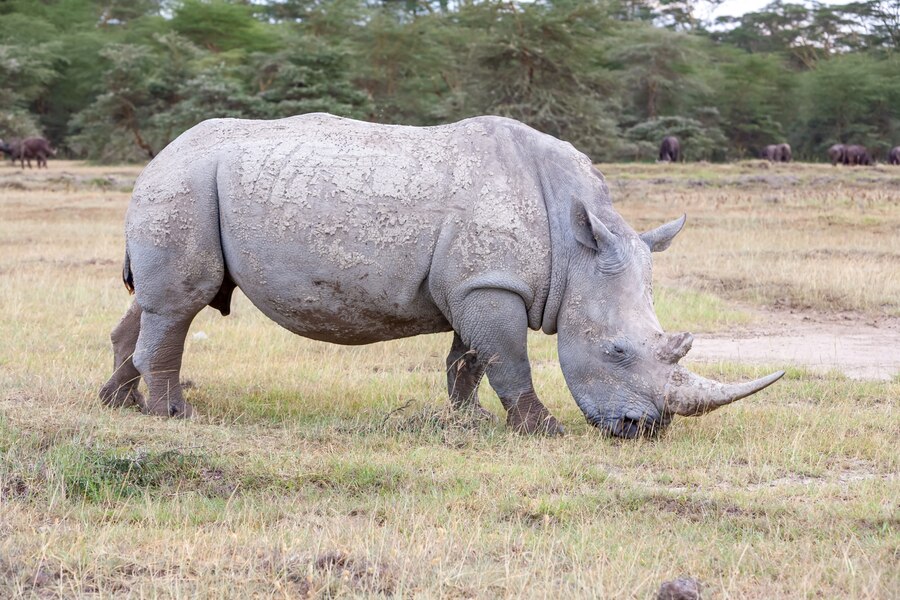
#10. Bornean Orangutan
Similar to the Sumatran orangutan, the Bornean orangutan is native to the Indonesian island of Borneo. Like their cousins on Sumatra Island, these primates contribute to the health of their natural habitats.
Threats: Illegal logging, deforestation leading to habitat loss, and palm oil production threaten the population of these primates in the wild.
An article published in Science Daily explains how Bornean orangutans have lost more than half of their population in the last 16 years due to habitat loss.
According to Dr Marc Ancrenaz, a primatologist, “Bornean orangutans are vital for the health of tropical rainforests. Their protection is not just about preserving a species but about safeguarding one of the most important ecosystems on Earth.”
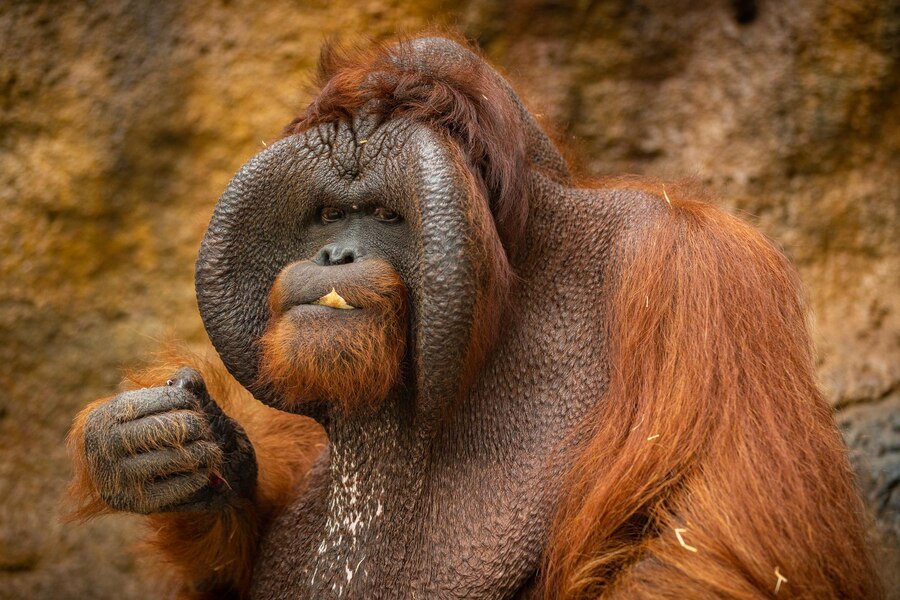
What Can You Do to Help?
- Support Conservation Organisation: You don’t have to be a conservationist to make a difference. Donating or volunteering to an organisation that protects endangered species and their natural habitats will be appreciated to inspire change.
- Reduce Your Carbon Footprint: A warmer climate also affects endangered species. Adopting a sustainable lifestyle not only benefits the environment but also helps preserve the natural habitats of wildlife.
- Educate others: Educating others on the importance of preserving endangered species can also influence their decision to make better choices for a better environment.
- Advocate for Policy Change: Support policies and legislation that aim to protect endangered species and their habitats. This may include getting involved by participating in public comment periods and supporting initiatives that promote biodiversity.
Conclusion
In a few decades, some of the wildlife species on this list may go extinct, but we can prevent that through conservation efforts that protect natural habitats and populations. These species are vital for creating a balanced ecosystem and play major roles in their respective habitats.
Effective conservation efforts should prioritise protecting the rarest of these species.

